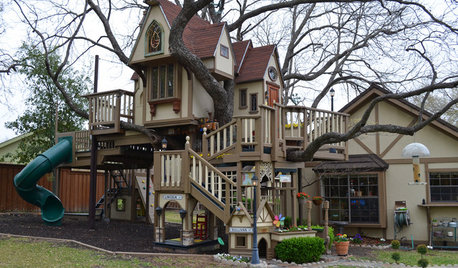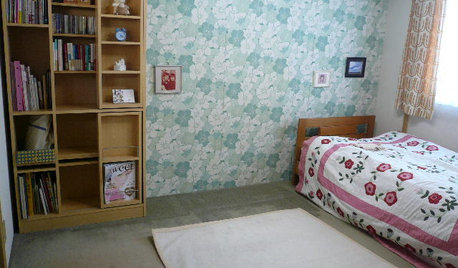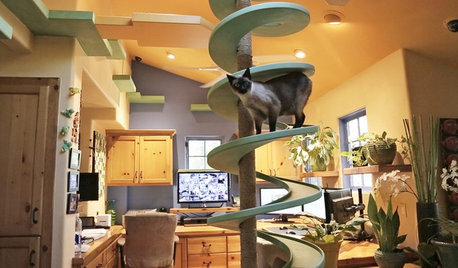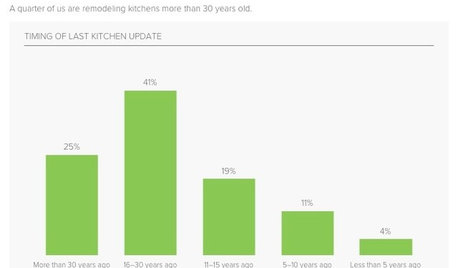Season over, which results are you most anxious to see?
berrytea4me
15 years ago
Related Stories

MOST POPULARThe Most Incredible Kids' Tree House You'll Ever See?
Duck your head to enter this unforgettable Dallas wonderwork, lovingly crafted with imaginative delights
Full Story
BOOKSCan Tidying Up Result in Life-Changing Magic?
Organizing phenom Marie Kondo promises big results — if you embrace enormous changes and tough choices
Full Story
PETSWe Want to See the Most Creative Pet Spaces in the World
Houzz is seeking pet-friendly designs from around the globe. Get out your camera and post your photos now!
Full Story
HOUZZ TOURSHouzz Tour: Battling the Tides Results in a Wondrous House on the Water
A complex construction effort pays off big-time with unobstructed views of Blue Hill Bay in Maine
Full Story
COLORSpeed-Dial Color Selection to Get the Best Result
You’ve belabored your color decisions and are still stuck. Here is how to evaluate your space and make choices that are right for you
Full Story
REMODELING GUIDESHouzz Survey Results: Remodeling Likely to Trump Selling in 2014
Most homeowners say they’re staying put for now, and investing in features to help them live better and love their homes more
Full Story
FUN HOUZZHouzz Quiz: Which Midcentury Modern Chair Are You?
Have a seat for a little fun. Better yet, have a seat that has you written all over it
Full Story
You Said It: ‘Which Color Truly Reflects You?’ and Other Quotables
Design advice, inspiration and observations that struck a chord this week
Full Story
RANCH HOMESHouzz Tour: Ranch House Changes Yield Big Results
An architect helps homeowners add features, including a new kitchen, that make their Minnesota home feel just right
Full Story
KITCHEN DESIGNSurvey Results: Kitchen Trends That Seem Here to Stay
More than a third of respondents in Houzz’s annual kitchen trends report now have the means to remodel. Here’s what else they told us
Full Story





agent1xe13
maineman
Related Professionals
Carlisle Landscape Architects & Landscape Designers · Ashland Landscape Architects & Landscape Designers · Mountain Brook Landscape Architects & Landscape Designers · Palm Springs Landscape Architects & Landscape Designers · Harvey Landscape Architects & Landscape Designers · Merced Landscape Contractors · Wanaque Landscape Contractors · Waterford Landscape Contractors · Fremont Carpenters · Fruit Cove Carpenters · Castle Rock Fence Contractors · Lady Lake Fence Contractors · Newington Fence Contractors · Parkway Fence Contractors · Whitman Fence Contractorsberrytea4meOriginal Author
maineman
berrytea4meOriginal Author
maineman
berrytea4meOriginal Author
maineman
agent1xe13
berrytea4meOriginal Author
npublici
berrytea4meOriginal Author
membertom
membertom
berrytea4meOriginal Author
membertom
berrytea4meOriginal Author